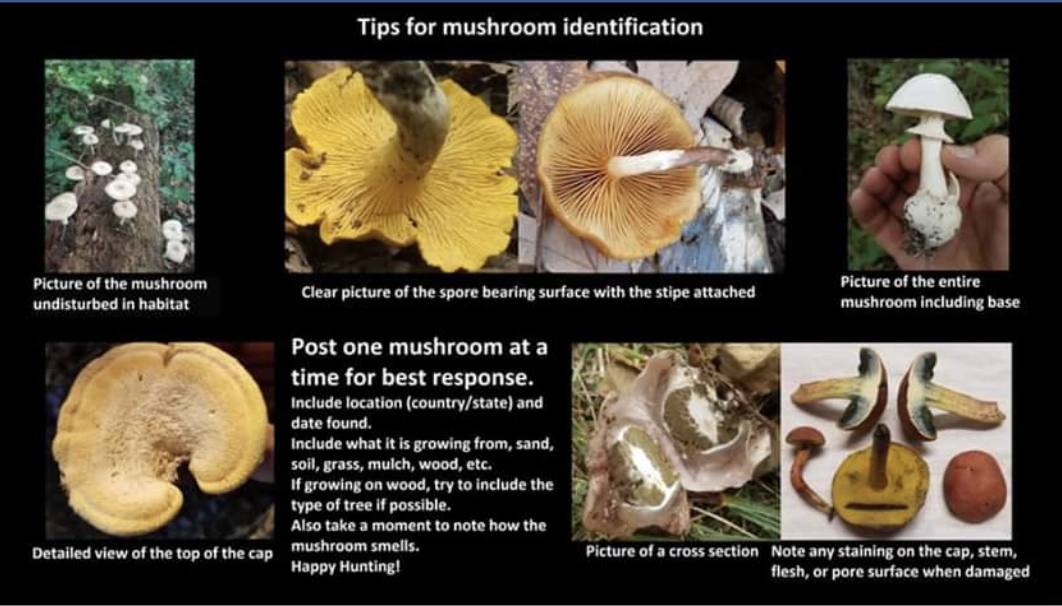This is nothing Amanita bisporigera complex, or indeed Amanita at all. Also, spore prints are all but useless for a tool of identification in all but a handful of very specific instances like in genus Russula or tropical species in Chlorophyllum sect. Chlorophyllum. Toxic Amanita are white spored, edible Amanita are white spored. Toxic Agaricus are brown spored, edible Agaricus are brown spored. Active Panaeolus are black spored, inactive Panaeolus are black spored (sans P. foenisecii), etc. Means nothing.
Edit: I should note that spore color can most often be determined by the color of the lamellae. All I do is identity fungi from the time I wake up until the time I go to sleep, everyday, and myself and colleagues request or require spore prints almost never. 99.99% of the time literally it is unnecessary. That said, I myself sometimes take spore prints just because they can be neat and pretty. But that is about all they are good for, a point of curiosity. Unless, of course, you plan to examine said spores with the aid of microscopy.




